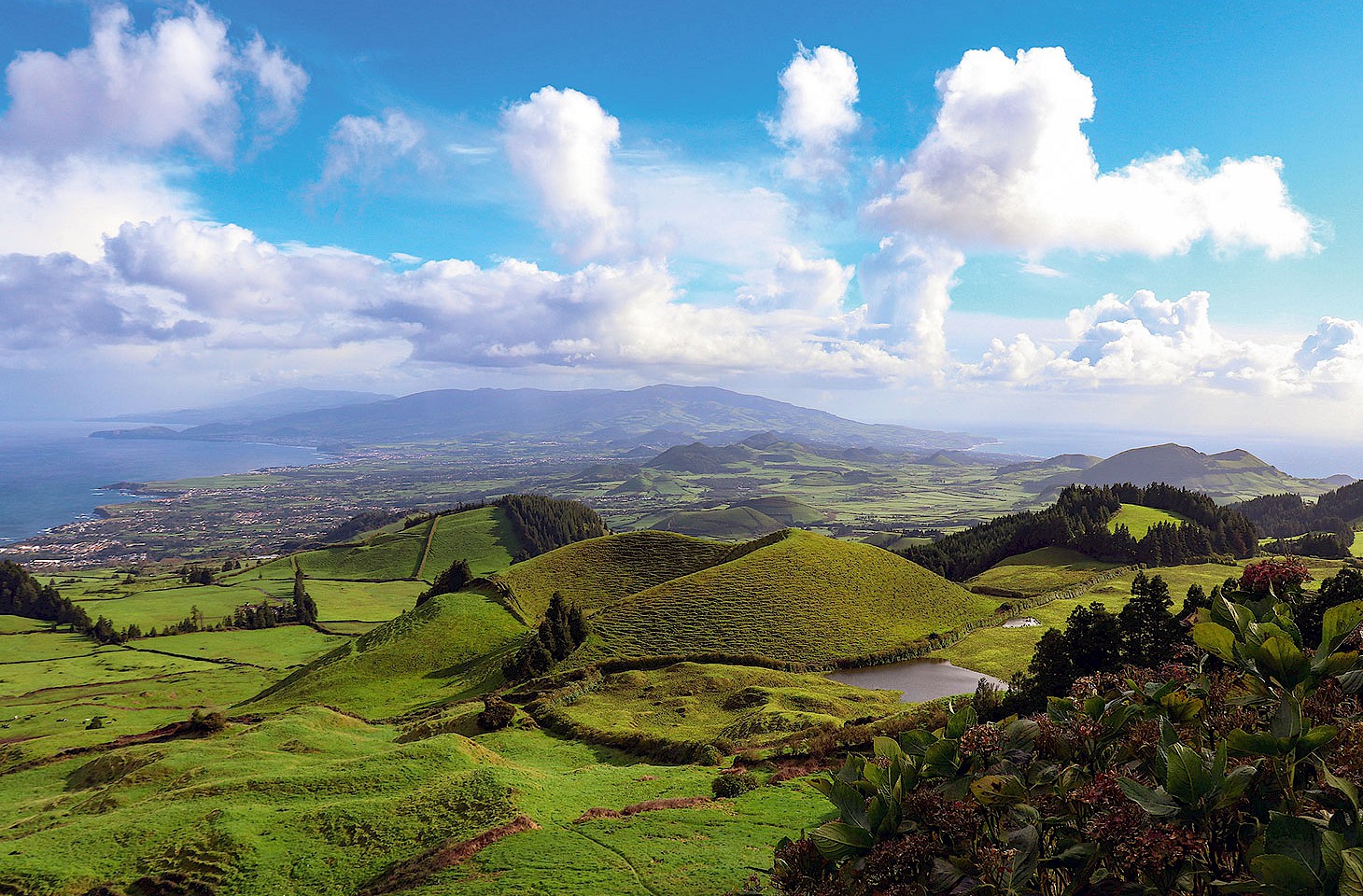Dear fellow travellers
The names recall geography lessons of yesteryear: Taunus, Vogelsberg and Rhön. These uplands evoke myths and legends: stories of demons and devils, of knights and castles, even perhaps a dash of chivalry. Is the Odenwald perhaps named after the Norse god Odin?
The various hill areas of central Germany, stretching from Bohemia to the River Rhine and beyond, have helped define the landscapes of the region. And last week I took time out to explore some parts of this hill country, wandering from the Thüringer Wald around the Vogelsberg and on down to the Odenwald and Spessart.
Nowadays many people just dash through these areas. Few stop and linger in the hills. Motorways and high-speed rail lines defy the warp and weft of the land, so travellers on these fast routes get little sense of the complexity of the terrain.
These ranges of hills are often separated by broad vales and here and there by river valleys which have cut conspicuously into the landscape. The most celebrated of these deep valleys is of course that carved by the River Rhine which, downstream from Rüdesheim, has incised a deep gorge through the hills.
These valleys of central Germany fired the imagination of earlier travellers. Generations of artists and poets gazed in awe at castles and crags. Two hundred years ago this summer, JMW Turner travelled up the Rhine. During a two-week journey in August 1817, he made dozens of sketches which informed his famous Lorelei paintings.
The Rhine Valley has hogged the limelight. I was struck these past days by the quiet beauty of the valley of the River Main in the stretch upstream from Aschaffenburg. Here the river has cut deeply into the soft red sandstones of two ranges of hills, the Spessart and the Odenwald. It is a landscape which ticks all the boxes for Turneresque Romanticism. There are lush vineyards, dramatic ruins like the mediaeval castle at Collenberg and picture-perfect riverside towns like Wertheim and Miltenberg. Everything that the Rhine has to offer, just bar for the Lorelei.
Wandering through the beech woods in the hills above Miltenberg, one almost expects to run across a coven of witches or Siegfried the dragon slayer. Yet down in the valley there is an ever-present reminder of modernity with a steady stream of barges making their way along the River Main. This is one of Europe's great inland waterways, one which downstream joins the Rhine near Mainz and which upstream is linked by a major canal to the Danube river system.
It's interesting that the Rhine scored so high in the Romanticism stakes. Was it merely the accident of geography which meant that artists and poets approaching Germany from the north stumbled first on the Rhine Gorge as they followed the great river upstream from the cathedral city of Cologne? The Rhine Gorge became the iconic scene of central German landscapes, and other rivers, such as the Neckar and the Main, have been forever overshadowed. But many valleys in the region are just as engaging as the Rhine Valley. Among them, the landscapes of the Main Valley around Miltenberg stand out as exceptional, and they have the advantage that they are relatively untouched by mass tourism.
Nicky Gardner
(editor, hidden europe magazine)




